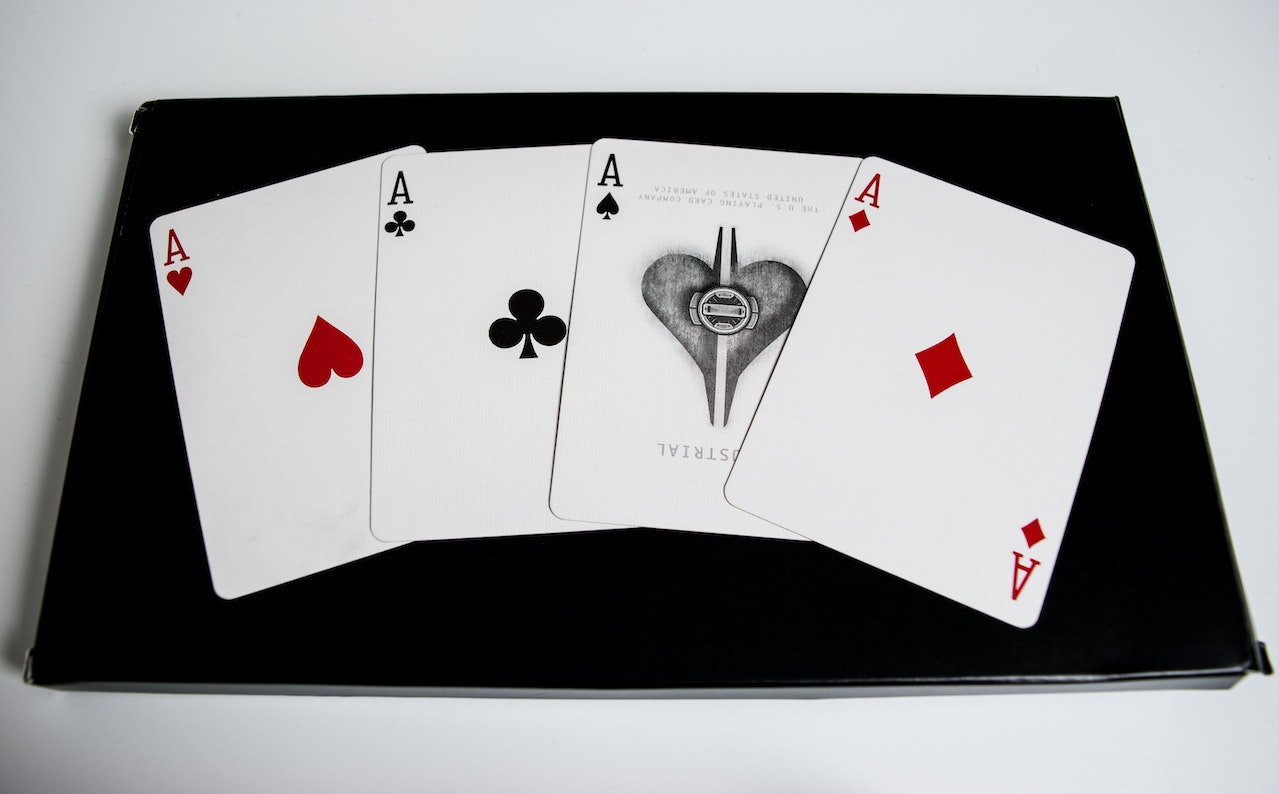In poker, certain symbols carry a wealth of meaning and mystery. One such symbol is the Ace of Spades. It commands respect and attention with its distinctive design and historical significance. Embedded in the lore of poker and often regarded as an emblem of good fortune, this card uniquely blends history and superstition.
As Masters Poker Club continues to promote poker as a legitimate sport here in the Philippines, it reflects on the symbolic journey of this card, from its historical roots to its status in the high-stakes world of poker.
Origins and symbolism
The Ace of Spades is a card of considerable symbolic and historical significance. Its origins trace back to regulations set by the 16th-century French government.
During this time, the French government required all manufacturers of playing cards to pay a new tax. To prove that tax had been paid, one card in every deck was required to carry an indication of the payment. The Ace of Spades was the highest-ranking card, so it was commonly chosen for this purpose. This practice eventually ended, but the tradition of making the Ace Of Spades more ornate than other cards continued. It often featured elaborate designs and decorations, contributing to its current association with power and importance.
In terms of symbolism, the Ace of Spades has a few different meanings. In the context of war, it has been associated with death and the military. During the Vietnam War, US soldiers were said to have used the Ace of Spades as a psychological weapon against the Viet Cong, associating it with death and ill fortune. In cartomancy (fortune-telling or divination using a deck of cards), the Ace Of Spades is associated with a significant change or important message. However, interpretations can vary widely; some see it as a bad omen or a sign of conflict or death.
As poker emerged and evolved into the popular sport we know today, the Ace of Spades became a symbol of good luck. Many players believe that having this card in their hand can provide an edge at the table, a belief stemming from its historical symbolism and the idea that it embodies a winning spirit. This allure continues to captivate poker players worldwide, contributing to the thrill of the game.
From death to triumph
One of the most notable stories associated with the Ace of Spades is the legend of the Dead Man’s Hand. Dead Man’s Hand is a poker hand that traditionally consists of two pairs: black Aces and Black Eights. The term originates in the Old West era of the United States, where it is purportedly associated with the death of the gunslinger “Wild Bill” Hickok.
According to folklore, Wild Bill Hickok was playing poker in Deadwood, South Dakota, on 2 August 1876. He was holding a two-pair hand of Aces and Eights when he was shot in the back of the head by Jack McCall. The fifth card in Hickok’s hand is a matter of historical debate and is often said to have been unknown.
Over time, the story of Hickok’s death and his last poker hand passed into legend, and the two-pair combination of Aces and Eights became known as the Dead Man’s Hand. The Ace of Spades, as one of the Black Aces, is commonly associated with it. However, it’s worth noting that different sources have varying accounts of the color and suit of the Aces and Eights in the Dead Man’s Hand, so the Ace of Spades’ connection to the hand is not definitively established.
Meanwhile, the Ace of Spades plays a significant role in the Royal Flush, the unbeatable poker hand consisting of the Ten, Jack, Queen, King, and Ace of the same suit. The appearance of the Ace of Spades as the final card in this sequence signifies the peak of poker success. It’s every poker player’s dream, marking a defining and triumphant moment in the game.
The Ace of Spades has made its mark in many unforgettable moments. One occurred in the 1978 World Series of Poker Main Event when Bobby Baldwin secured his victory with the Ace of Spades as his final card. Another iconic moment involved poker legend Johnny Chan, who used the Ace Of Spades as his card protector during his consecutive championship wins in the 1988 World Series of Poker Main Event.
These instances and countless others underscore the Ace of Spades’ vital role in poker, symbolizing not just luck but also excellence and determination.
Power and mystery
The Ace Of Spades is no ordinary card – it’s a beacon of hope and a token of unlimited possibilities. Whether it crowns a Royal Flush or lies at the heart of a masterful bluff, it embodies poker’s thrill and unpredictability.
So, the next time you find the Ace Of Spades in your hand, remember its rich history and the power it represents. It might be the lucky charm you need to steer your game toward success. However, remember that luck alone won’t guarantee victory. Skill, strategy, and a profound understanding of poker remain the bedrock of consistent success.
Masters Poker Club encourages everyone to see the Ace Of Spades as a reminder of the exciting possibilities and the enduring charm of poker, the sport that is loved and cherished by millions.

















